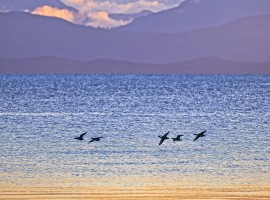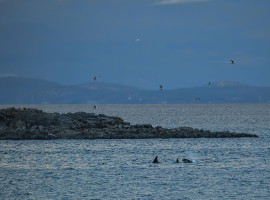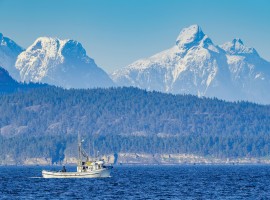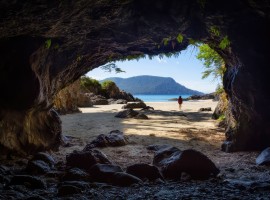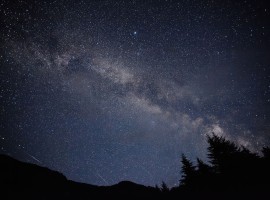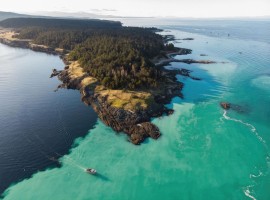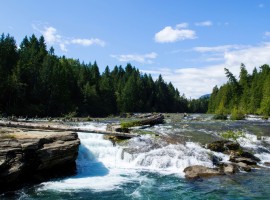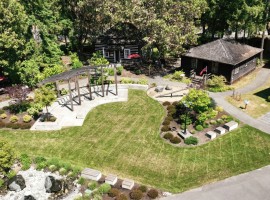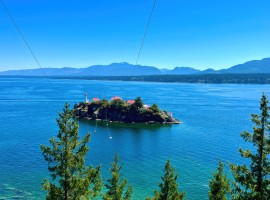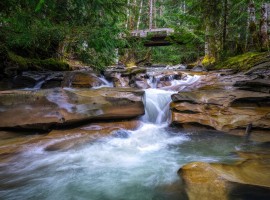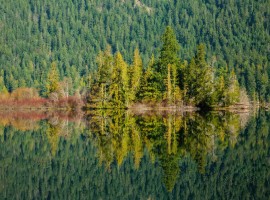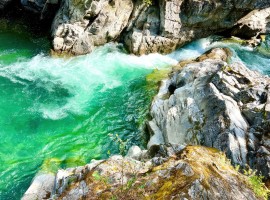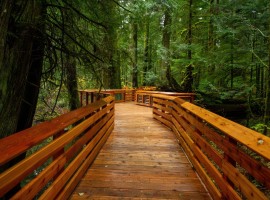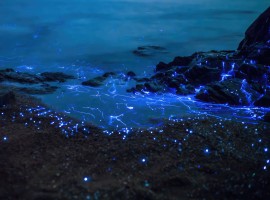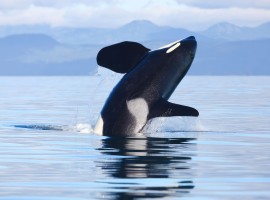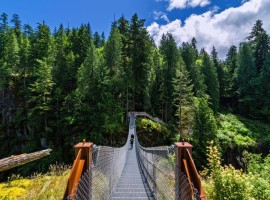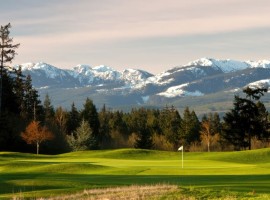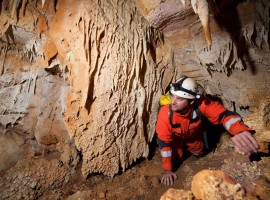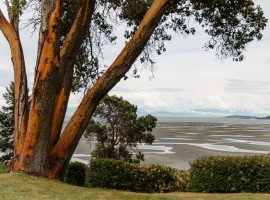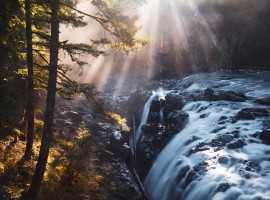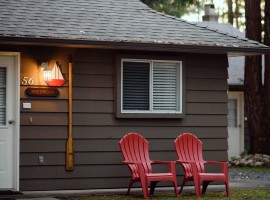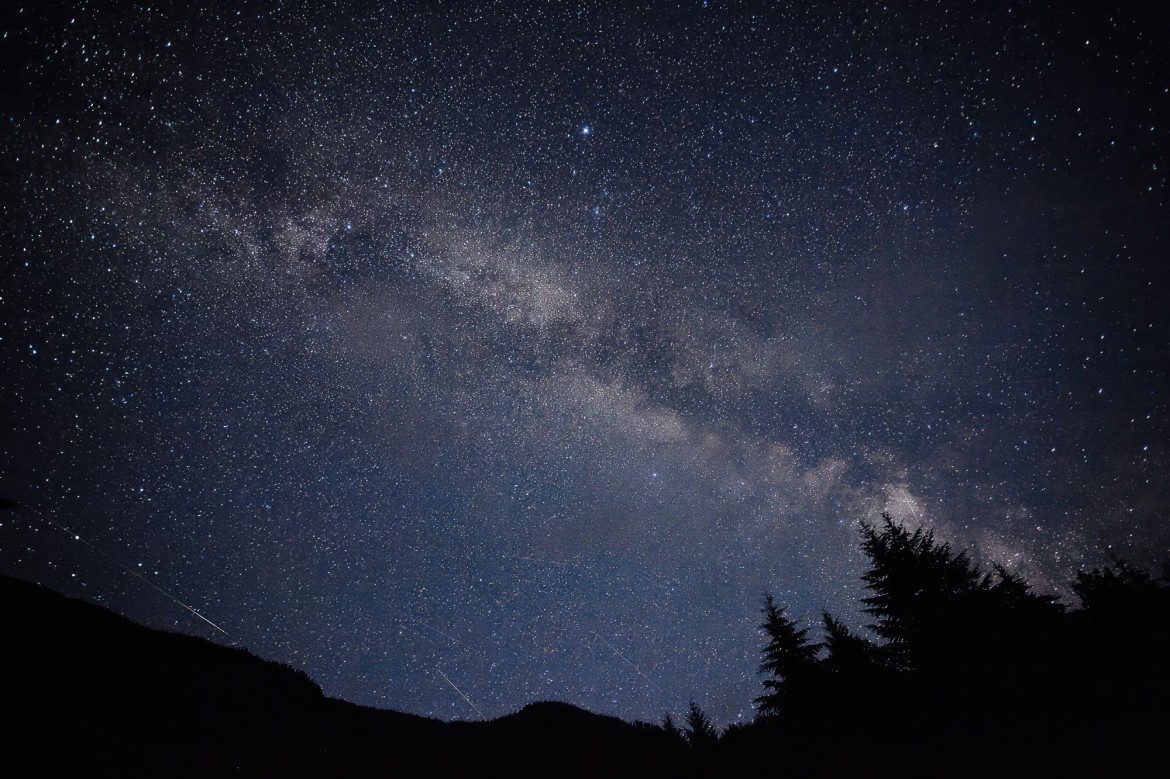
Stellar Nights: Stargazing and Astronomy on Vancouver Island
Beneath the vast expanse of the night sky, the cosmos unfolds in a dance of celestial wonder. Vancouver Island, with its minimal light pollution and serene natural landscapes, offers prime real estate for stargazing enthusiasts to marvel at the universe's splendor. Beach Acres Resort serves as the perfect nocturnal escape, providing guests with stunning stargazing opportunities along the shoreline of Parksville. Here’s your guide to embracing the stars in the island’s natural nocturnal theater.
Vancouver Island's Cosmic Canvas: Prime Stargazing Locations
Dark Skies for Astronomical Amazement - Stargazing Spots on Vancouver Island
Vancouver Island’s night sky is remarkably clear, making it an ideal haven for stargazers. Away from the city lights, areas such as Rathtrevor Beach near Beach Acres Resort offer an unobstructed view of the stars. Other notable spots include the secluded Strathcona Provincial Park and the rugged shores of Pacific Rim National Reserve, where the galaxy reveals itself in all its splendor.
Mark Your Calendars: Upcoming Astronomical Events and Local Groups
Celestial Celebrations and Stargazing Societies
For the best experience, sync your visit with notable upcoming celestial events such as meteor showers, planetary alignments, or eclipses. Local astronomy groups, like the Nanaimo Astronomy Society and the Victoria Royal Astronomical Society of Canada, provide gatherings where both novice and experienced stargazers can revel in these cosmic phenomena together.
Notable Celestial Events of 2024
Stargazers and night sky photographers will find 2024 to be a year bursting with celestial spectacles. Here’s a list of the most anticipated events to mark on your astronomy calendar:
- January 3, 4: Quadrantids Meteor Shower - Kick off the year with this fantastic meteor display offering up to 40 meteors per hour. Though the waning gibbous moon may overshadow fainter meteors, the darkest hours after midnight can still provide a worthwhile show, emitting from the constellation Bootes.
- April 8: Total Solar Eclipse - A rare and awe-inspiring event where the moon completely obscures the sun, revealing its corona. This total eclipse will trace a path across parts of North America, making certain locations ideal for viewing this remarkable occurrence.
- April 22, 23: Lyrids Meteor Shower - This shower often produces bright dust trails, adding to the 20 meteors per hour spectacle. While the full moon’s glare may interfere, the darkest hours promise the possibility of a radiant display, best seen after midnight.
- May 6, 7: Eta Aquarids Meteor Shower - The Southern Hemisphere enjoys a better view, but the Northern Hemisphere will still witness about 30 meteors per hour. No moon interference ensures dark skies for an impressive display near the constellation Aquarius.
- August 12, 13: Perseids Meteor Shower - One of the most beloved meteor showers, the Perseids brings up to 60 meteors per hour. The moon sets shortly after midnight, allowing dark skies to reveal the Perseids’ brighter meteors radiating from Perseus.
- August 19: Blue Moon – A Blue Moon is the third of four full moons in a season, an event that only occurs once every few years, offering a unique opportunity to observe the moon in its full glory.
- September 18: Partial Lunar Eclipse - Observe as the moon darkens slightly during this penumbral eclipse visible across much of North America, Mexico, Central America, and parts of South America, Europe, and Africa.
- October 2: Annular Solar Eclipse - The moon will create a "ring of fire" as it passes in front of the sun due to its distance from Earth, making it too small to completely cover the sun's disk.
- December 13, 14: Geminids Meteor Shower - Heralded as the best meteor shower, the Geminids can produce up to 120 multicolored meteors per hour, despite interference from a nearly full moon.
Beach Acres Resort: A Shoreline Sanctuary for Stargazers
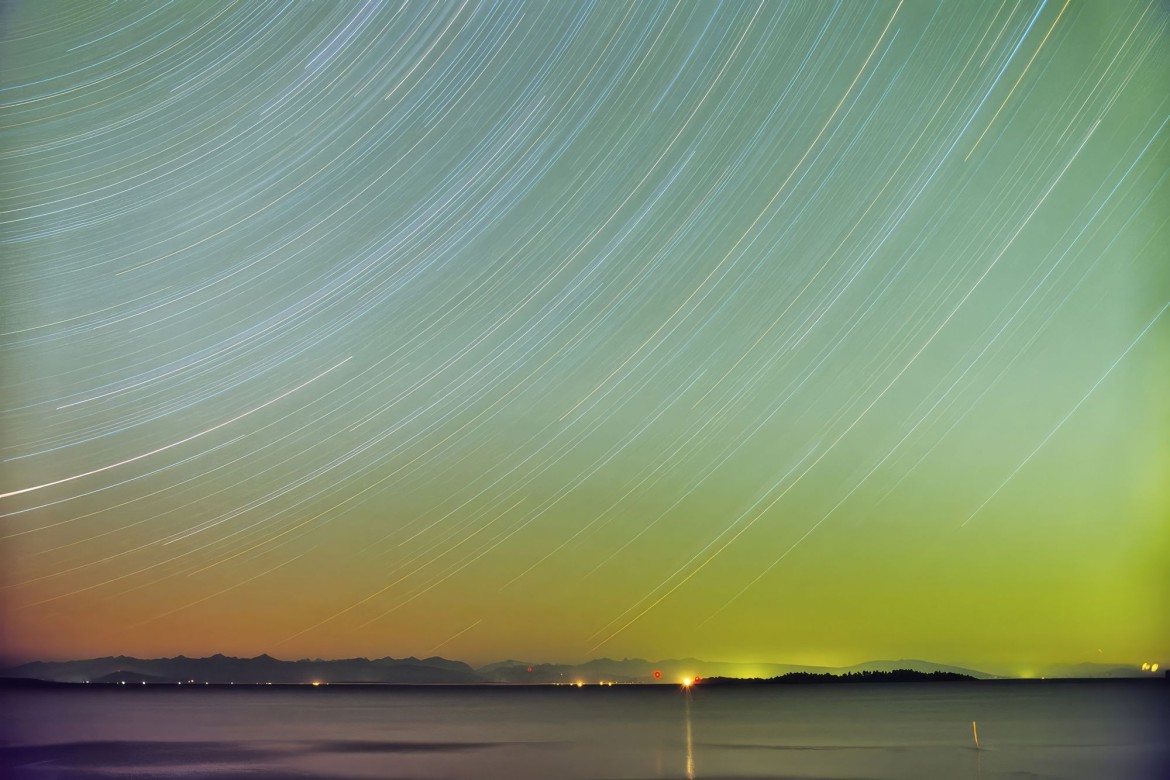
Under the Stars: Tips for a Serene Observation Experience
Beach Acres Resort guests can indulge in a tranquil stargazing experience right from the beachfront. With minimal artificial light around, the night sky comes to life in wondrous clarity. For the best observational quality, choose a moonless night and allow your eyes to adjust to the darkness. Listen to the gentle lapping waves as you lay back and gaze upward into the deep ocean of stars above.
Gazing Upward: Gear and Tips for Novice Stargazers
Choosing Your Celestial Toolkit
For those new to night sky observation, a good pair of binoculars can significantly enhance your experience. As you grow more passionate, investing in a quality telescope will bring distant galaxies and nebulae within sight. Don't forget a comfortable chair or mat for extended viewing, a warm blanket, and a red-light flashlight to navigate the darkness without disrupting your night vision.
Night Sky Photography: Tips for Capturing the Stars
Capturing the wonder of the night sky through photography can be as thrilling as the stargazing experience itself. For those looking to immortalize the celestial dance above, here are some essential tips for night sky photography:
- Use a Tripod: Stability is crucial for night sky photography. A tripod will keep your camera steady during long exposures, preventing any movement that can blur images of the stars.
- Remote Shutter Release or Timer: To avoid camera shake when pressing the shutter button, use a remote shutter release or the camera's built-in timer.
- Manual Focus: Auto-focus often fails in low-light conditions. Set your lens to manual and focus on a bright star or planet to ensure sharp images.
- Wide Aperture and Slow Shutter: Opt for a lens with a wide aperture (low f-stop number) to let in as much light as possible. A slower shutter speed allows for longer exposure, capturing more starlight but be mindful to avoid star trails unless that's your intention.
- Low ISO to Reduce Noise: Keep your ISO as low as possible to minimize grain, though you may need to increase it slightly in extremely dark environments.
- Rule of 500: To prevent star trails, a rough guide is to use the “Rule of 500” - divide 500 by your lens's focal length to determine the maximum exposure time before stars start to streak.
- Shoot in RAW: Shooting in RAW format preserves maximum image data, giving you more flexibility during post-processing to adjust the exposure, contrast, and colors.
- Experiment with Composition: Include interesting foreground elements like trees, mountains, or reflections in a body of water to add depth and context to your night sky images.
With patience and practice, night sky photography can yield breathtaking results, turning moments spent under the celestial sphere into lasting memories.
Best Practices for a Stellar Observation Session
Learn the basics of the night sky using apps or local star charts to help identify constellations and planets. Embrace patience as your guide and dress warmly to combat the cool island nights. Remember to respect the natural and tranquil environment of the beaches and parks by minimizing noise and light pollution, ensuring a perfect stargazing sanctuary for everyone.
At Beach Acres Resort, we invite you to embrace the solitude and spectacle of the night sky. Whether capturing the beauty through night sky photography or simply soaking in the view, Vancouver Island's dark skies are a treasure waiting to be discovered. Join us for an evening under the stars—where every twinkle is a story and every night is a new page in the universe's grand epic.
